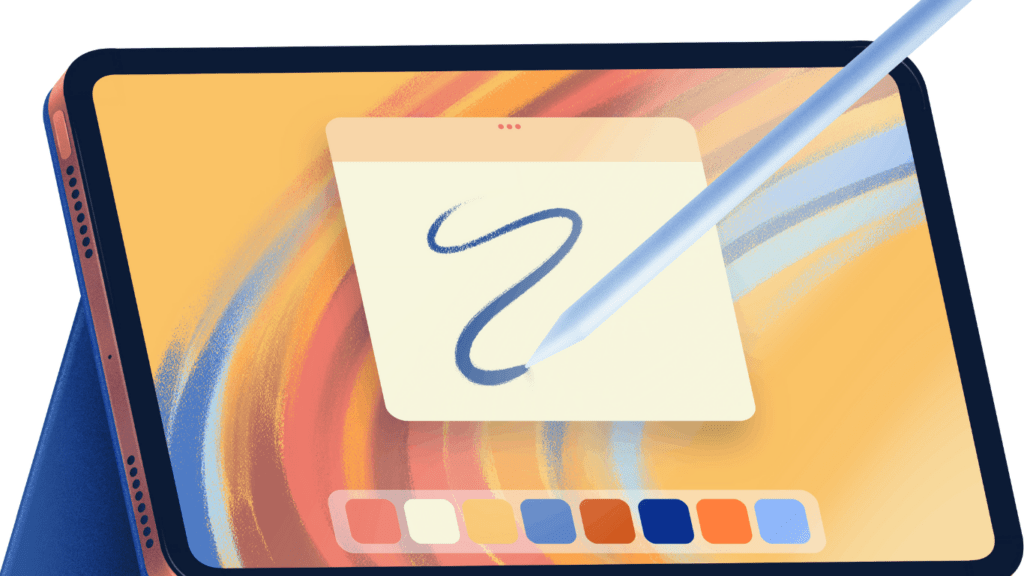The Rise of Digital Galleries
Digital galleries are transforming how we experience art, bringing masterpieces to the screens in our homes.
Widening Audience Reach
These platforms enhance access to artworks, enabling global audiences to view them online. Google Arts & Culture provides digital exhibits from museums worldwide, democratizing art consumption. Users in remote areas can explore famous pieces without traveling.
Interactive Virtual Tours
Virtual tours add a layer of engagement, offering interactive experiences. The Louvre and the British Museum offer 360-degree views and detailed descriptions of artworks. Viewers can navigate exhibitions, gaining insights traditionally available only to in-person visitors.
Advancements in Art Reproduction
Technology enhances art accessibility through breakthroughs in reproduction techniques.
High-Resolution Imaging
High-resolution imaging offers astounding precision for art reproduction. Institutions like the Metropolitan Museum of Art use this technology to create digital replicas of masterpieces.
These images capture intricate details, from brushstrokes to color nuances, allowing viewers to appreciate artwork in unprecedented ways. Online platforms apply these high-resolution images for virtual exhibitions, ensuring art enthusiasts can experience exquisite details without visiting physical locations.
3D Printing of Artworks
3D printing democratizes art by making physical reproductions more accessible. Companies like Art Robotics utilize this technology to create accurate replicas of sculptures and other artworks.
Museums employ 3D printing to replicate fragile originals for educational purposes, enabling hands-on experiences. This technology also assists in restoring damaged works, bringing them back to their former glory. By offering accessible replicas, 3D printing deepens people’s connection to art.
Educational Technology and Art
Advancements in educational technology are reshaping how people engage with art. Digital tools and platforms offer novel ways to learn about and create art.
Online Art Workshops and Classes
Online art workshops and classes allow learners worldwide to access expert instruction. Platforms like:
- Skillshare
- Coursera
- Udemy
host courses covering various art forms, from painting to digital design.
These platforms provide flexibility, letting users learn at their own pace. Expert instructors offer lessons that cater to both beginners and advanced artists. Interactive features, like live-feedback sessions and project-based assignments, enhance the learning experience.
Enhanced Museum Exhibits with AR and VR
AR and VR technologies transform museum exhibits into immersive experiences. Augmented Reality (AR) overlays digital information onto physical artworks, enriching visitors’ understanding without altering the original pieces.
Virtual Reality (VR) creates fully immersive environments, allowing users to explore digitized art museums from anywhere. Projects like the Smithsonian’s VR tours provide remote access to collections, making art more accessible to those unable to visit in person. These technologies provide deeper engagement and interactive learning experiences.
Accessibility in Art Through Social Media

Social media enhances the connection between artists and audiences, making art more accessible to everyone.
Platforms Bridging Artists and Audiences
Platforms like Instagram, Facebook, and TikTok enable artists to showcase their work to a global audience.
- Instagram, with its image-centric approach, is a prime tool for artists to reach new followers.
- Facebook groups and pages foster communities where artists can share their processes and engage with enthusiasts.
- TikTok offers a unique way for artists to create short, engaging videos that can go viral in seconds.
These platforms also facilitate easier transactions.
Artists can sell their work directly through social media by linking to online stores or using built-in shopping features. Crowdfunding platforms like Kickstarter or Patreon also provide artists with financial support from their community.
Viral Art Movements
Social media often spawns viral art movements that gain rapid popularity. For example, the hashtag #Inktober challenges artists to create an ink drawing every day in October, encouraging widespread participation.
Initiatives like the Getty Museum’s #GettyMuseumChallenge, where users recreate famous artworks using household items, also captivate global audiences.
These movements not only create engagement but also democratize art creation. Anyone with access to basic art supplies and a social media account can participate. This inclusivity introduces new artists and diverse styles to the mainstream, breaking down traditional barriers in the art world.

 Anna Freehill, a key contributor to Avant Garde Artistry Hub, plays a vital role in shaping the platform’s vision. As an author and collaborator, she helps bridge the worlds of art and technology, offering insightful articles that guide artists through the rapidly evolving creative landscape. Anna’s dedication to highlighting art's therapeutic value has contributed to the platform’s focus on mental and emotional well-being through creative expression.
Her involvement in building Avant Garde Artistry Hub has been instrumental in providing valuable resources to artists seeking to enhance their careers. Whether through her writing on business strategies or her support in platform development, Anna is committed to fostering a space where artists can thrive and embrace the future of art.
Anna Freehill, a key contributor to Avant Garde Artistry Hub, plays a vital role in shaping the platform’s vision. As an author and collaborator, she helps bridge the worlds of art and technology, offering insightful articles that guide artists through the rapidly evolving creative landscape. Anna’s dedication to highlighting art's therapeutic value has contributed to the platform’s focus on mental and emotional well-being through creative expression.
Her involvement in building Avant Garde Artistry Hub has been instrumental in providing valuable resources to artists seeking to enhance their careers. Whether through her writing on business strategies or her support in platform development, Anna is committed to fostering a space where artists can thrive and embrace the future of art.